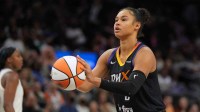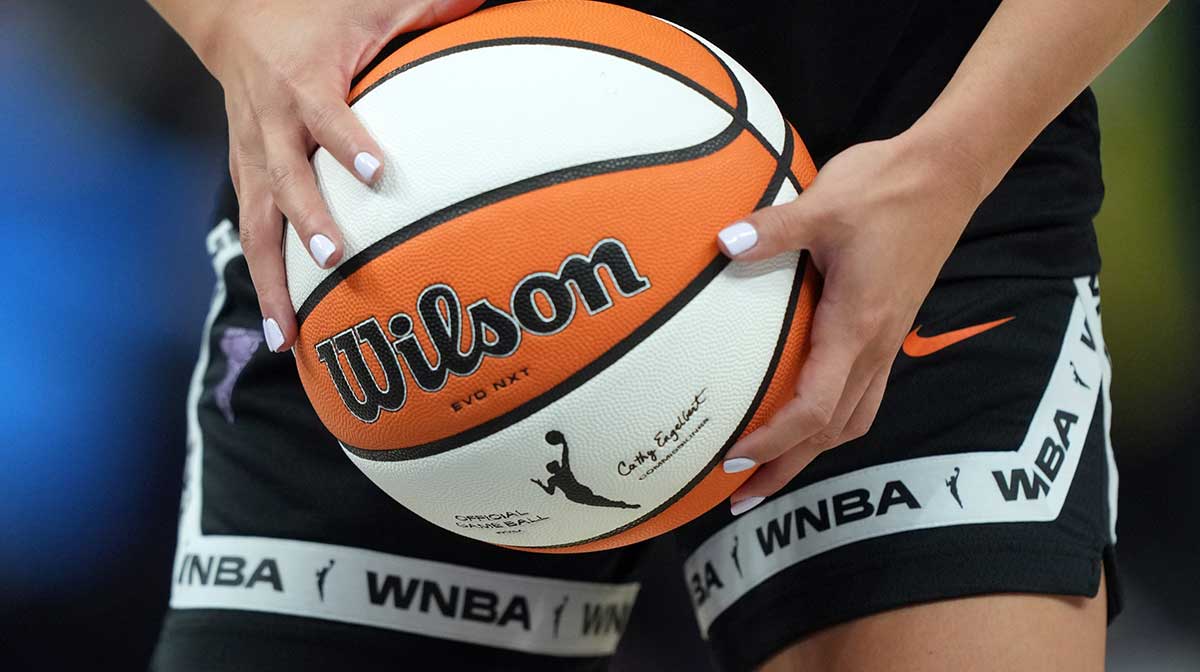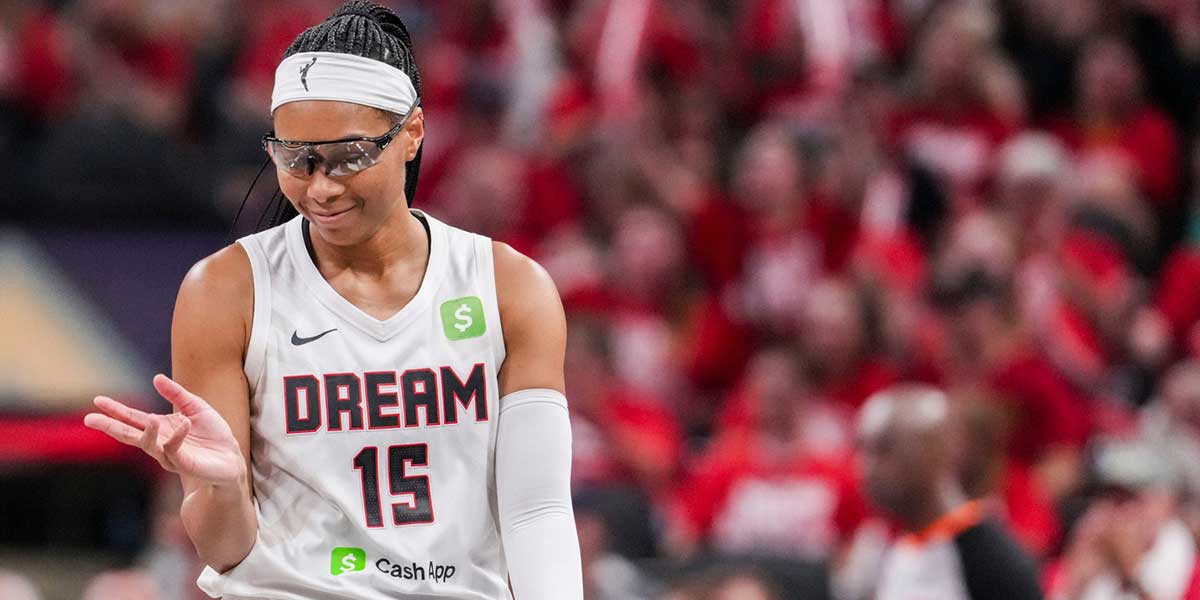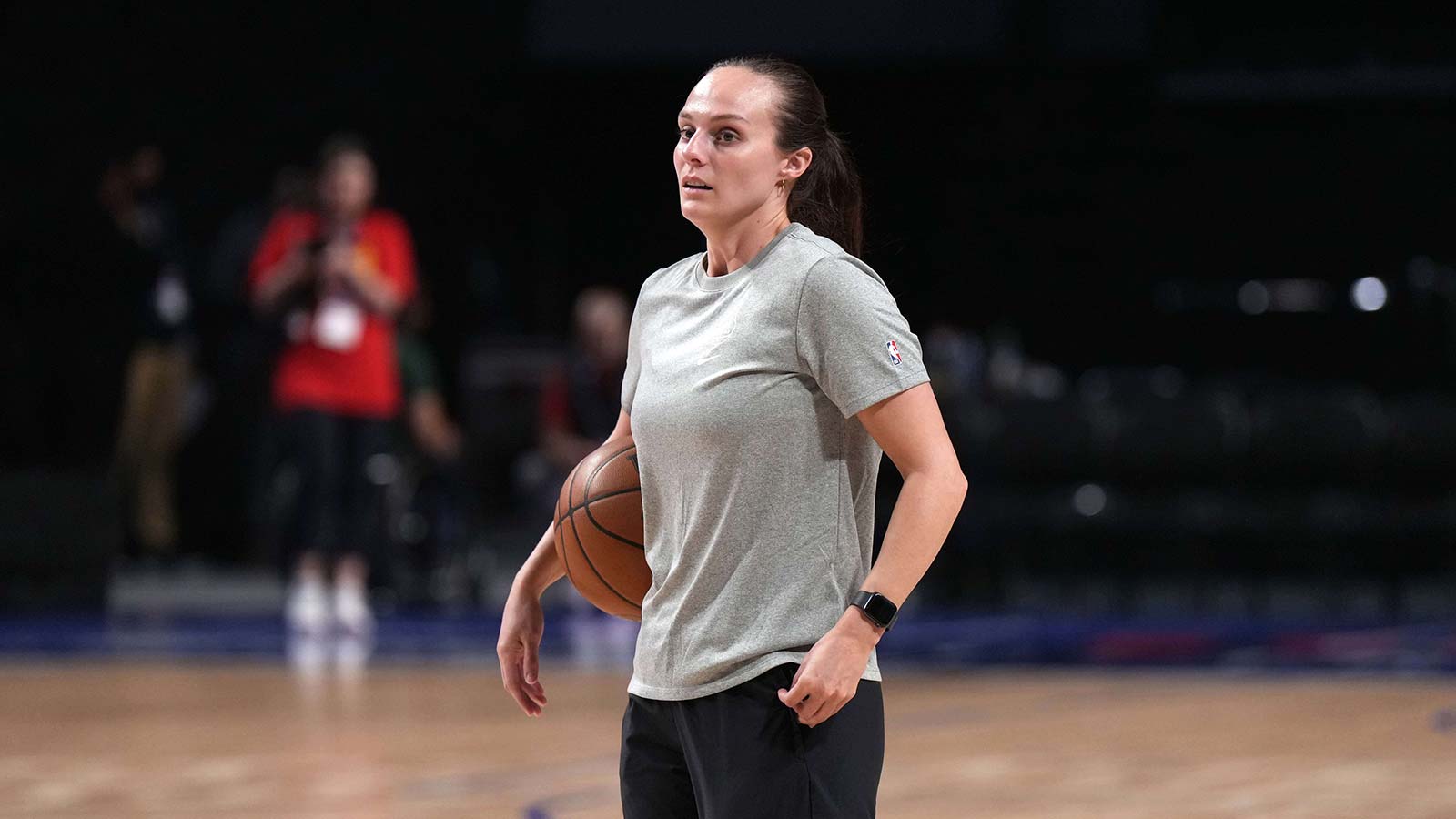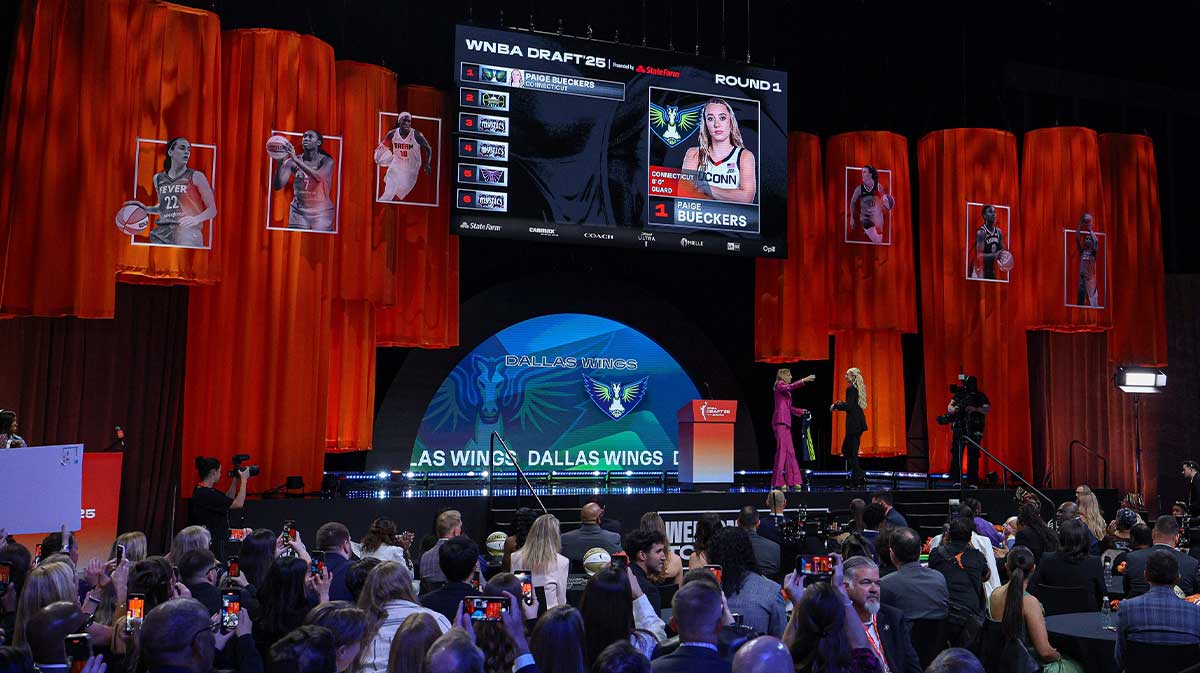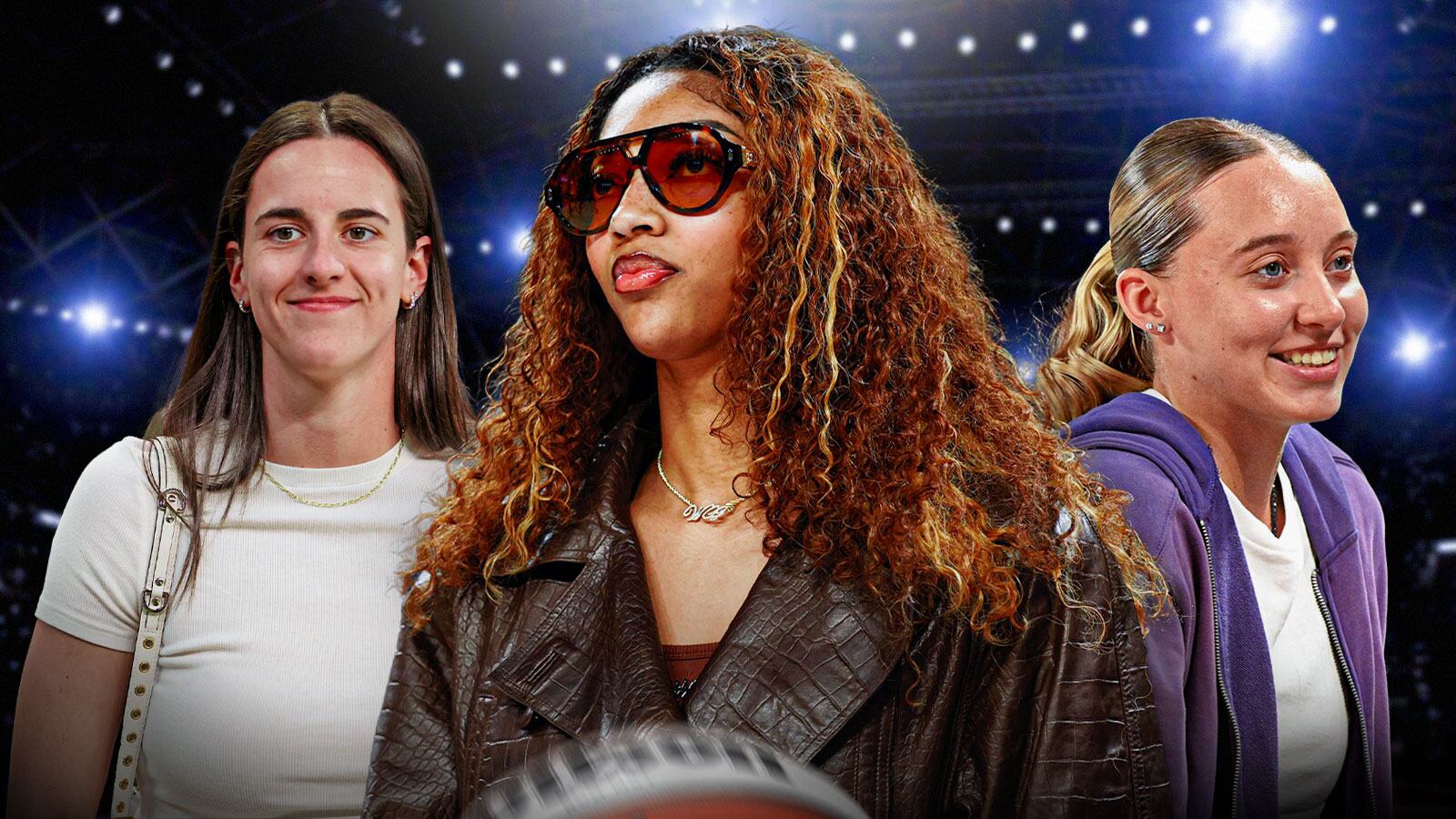The 2026 WNBA Draft arrives at a pivotal moment for the league. With expansion imminent, roster turnover accelerating, and player mobility reshaping franchise strategies, the next generation of talent carries added importance. The draft lottery confirmed an order that brings both an opportunity to plan and intrigue.
The Dallas Wings earned the first pick for the second straight year, followed by the Minnesota Lynx, Seattle Storm, Washington Mystics, and Chicago Sky. Rounding out the top seven are the two expansion franchises, the Toronto Tempo and the Portland Fire, who will make their inaugural selections as they step into the league for the first time.
This draft class offers teams a chance to define their direction for the better part of the next decade. It is a class with both star power and depth, which can reshape not only individual franchises but also the competitive balance of the WNBA. With the lottery order set, let's explore how the first seven selections could unfold, examining the needs, identities, and aspirations of each team through the lens of draft strategy.
About last night 🤳
Take a look back to see how the Draft Lottery 2026 played out!
The @dallaswings earned the No.1 pick for the second consecutive year! pic.twitter.com/oOv1xiV7it
— WNBA (@WNBA) November 24, 2025
1. Dallas Wings: Azzi Fudd
With the first overall pick for the second consecutive year, the Dallas Wings are positioned to accelerate a rebuild that has already been infused with hope thanks to the arrival of Paige Bueckers in 2025. The Wings’ roster in recent years has been marked by inconsistency, flashes of brilliance, and a persistent lack of cohesion.
But the opportunity to pair Bueckers, whose rookie season showcased her poise, versatility, and leadership, with another top-tier prospect presents a rare scenario in professional sports. Few franchises receive multiple opportunities to draft foundational guards in back-to-back drafts. Azzi Fudd emerges as the logical selection for Dallas, not because she is the consensus best player in the class, but because her presence fundamentally changes how defenses must engage the Wings.
Fudd's shooting mechanics are nearly flawless, her footwork is refined, and her ability to convert difficult shots under pressure makes her an ideal complement to Bueckers’ methodical brilliance. Together, they could become one of the most dynamic young backcourts in league history, balancing creativity, shooting gravity, and basketball intelligence.
Concerns about Fudd’s injury history linger, and rightfully so. A franchise can't commit to a high pick without acknowledging the risk, but Dallas is uniquely positioned to take that chance. The Wings' roster is young enough to tolerate a development curve, their coaching staff has proven patience with rising stars, and their need for perimeter efficiency outweighs the potential downsides.
With Fudd, Dallas would move beyond rebuilding and instead move toward identity-building, which is a crucial distinction for a franchise seeking long-term stability.
2. Minnesota Lynx: Lauren Betts
Selecting second via Chicago’s traded pick, the Minnesota Lynx find themselves in an enviable position. Although they have remained competitive over the years, the team still needs an additional presence in the frontcourt. Lauren Betts, the 6-foot-7 center who stars for UCLA, has a combination of size, touch, and interior awareness that offers the Lynx a reliable anchor.
Betts does not need to be the most elite offensive creator to be elite in her role. Her rim protection, defensive presence, and rebounding instincts alone give Minnesota a foundation to build upon. Betts' post scoring, which is already efficient due to her height and footwork advantages, would provide structure to a young, developing roster.
Betts would not be pressured into becoming the next Sylvia Fowles or Rebekkah Brunson; instead, she would be allowed to grow into a role that fits her strengths. The Lynx's modern game has increasingly favored a smaller lineup recently, but Betts’ value lies in her ability to collapse defenses and alter shots.
Her game incentivises Minnesota to commit to an offense built with complementary shooters, ball-handlers, and cutters. Few teams in the WNBA have the opportunity to add a long-term, starting-caliber center with such consistency and character. Betts represents both safety and promise — an ideal match for a franchise looking to rebound from a disappointing ending to 2025.
3. Seattle Storm: Olivia Miles
Sitting at third overall, the Seattle Storm occupy a transitional space between competitiveness and reconstruction. The retirement of Sue Bird and the evolving roles of their current core have created instability at the point guard position. Olivia Miles appears to be the perfect solution.
Miles is one of the most instinctual playmakers the college game has seen in years. Her passing vision is not merely advanced, it's intuitive, creative, and infectious. A point guard of her caliber reshapes a team’s offensive identity simply by being on the floor.
Seattle has historically been at its best when anchored by elite guard play, and Miles brings that tradition full circle. Her improved scoring efficiency at TCU, alongside renewed defensive commitment, makes her more than just a floor general. She is a leader with the potential to run a modern, free-flowing offense successfully.
There are questions about her ability to consistently create separation at the next level, but her intelligence and court mapping will likely offset that. But the Storm must think strategically here — they need to draft a player who not only fills a positional need but also helps define who they want to become in their next chapter. Miles offers both.
4. Washington Mystics: Awa Fam
For the Washington Mystics, holding the fourth pick represents an opportunity to establish a new franchise cornerstone. The team’s post-Elena Delle Donne era has been marked by transitional rosters and questions surrounding its future identity. Enter Awa Fam, the 6-foot-4 international forward from Spain, who offers a solution. Already standing out in European leagues, Fam brings length, agility, and deceptive offensive polish — characteristics that are increasingly essential for modern WNBA forwards.
Washington's current transitional state makes the franchise an ideal landing spot for a high-upside international prospect. Fam’s potential extends far beyond shot-blocking and rebounding — she is capable of initiating offense, switching onto guards defensively, and stretching the floor with an emerging shooting touch.
While she may not be as well-known stateside or immediately polished as some of the top college players in the draft, her ceiling rivals or surpasses many of them. Selecting Fam would signal a commitment to evolving with the league’s increasing emphasis on positional fluidity. There's also a narrative appeal to consider. Fam's arrival would give the Mystics a blueprint for the future — one centered on size, versatility, and high defensive IQ.
5. Chicago Sky: Flau'jae Johnson
The Chicago Sky, selecting fifth, confront a familiar crossroads. Their roster has suffered due to trades, free agency, and rebuild-inspired departures, leaving them in need of players who can bring immediate scoring production as well as long-term star potential. Luckily, Flau’Jae Johnson fits this profile impeccably.
Known for her charisma, intensity, and expanding offensive game, Johnson presents Chicago with a shot-creator who can assume responsibility early without sacrificing future growth. Johnson’s development at LSU has showcased her ability not only to score in volume but also to compete defensively and adapt her game to team structure.
Johnson's perimeter shooting has grown more consistent, her off-ball activity has improved, and her rebounding adds dimension to her game. For Chicago, she offers a cultural reset as a player with personality and on-court electricity who's capable of energizing both teammates and fans.
The Sky have historically thrived with versatile wings — players like Kahleah Copper demonstrated how invaluable that archetype can be in Chicago’s system — and Johnson represents the next evolution of that philosophy. She still needs refinement in efficiency and decision-making, but her competitive fire and raw offensive upside make her the right foundation for Chicago’s next chapter.
6. Toronto Tempo: Ta'Niya Latson
Expansion teams must draft not only for basketball reasons but for identity, marketing, and long-term culture. With the sixth overall pick, the Toronto Tempo have a chance to select their first-ever face of the franchise. Ta’Niya Latson, one of the most explosive scorers in the college game, provides exactly the combination of talent and star potential that an expansion team needs.
Latson’s scoring versatility, highlighted by her smooth pull-up game, court vision, and ability to generate offense in isolation, translates exceptionally well to the professional level. She's a player who can create excitement, fill seats, and carry significant offensive responsibility without hesitation.
Toronto, entering a competitive Eastern Conference landscape, benefits immensely from a guard with both charisma and high-volume scoring ability. For an inaugural roster that will feature players with varied backgrounds and experience levels, Latson’s fierce competitiveness will help set the tone.
Latson offers the Tempo an immediate go-to option while still possessing the room to grow into a more complete playmaker. In expansion contexts, upside is everything, and Latson’s is immense.
7. Portland Fire: Cotie McMahon
Completing the lottery, the Portland Fire select seventh in what will be the first major foundational decision in their franchise's history. The Fire must prioritize versatility, defense, and adaptability, especially given the uncertainty surrounding expansion roster construction. Cotie McMahon stands out as the ideal pick for these needs.
McMahon's strong frame, defensive switchability, and multi-layered offensive potential provide large-scale value to a team that must build its identity from scratch. She's not the type of player who demands star-level touches to be effective. Instead, she thrives in roles that require toughness, discipline, and team-first contributions.
For Portland, this is an invaluable trait. Expansion teams frequently struggle with defensive continuity and transition play, and McMahon’s presence helps stabilize both. She can guard across positions, rebound above her size, and attack off the dribble when needed.
McMahon's offensive game is still growing, but her foundation is sturdy enough to project long-term reliability. Portland’s pick must reflect both need and strategy. Selecting McMahon provides the Fire with a player who exemplifies resilience, adaptability, and growth potential, which are all traits that can guide a young franchise through the challenges of its formative years.
The 2026 WNBA Draft is poised to reshape the league more dramatically than almost any class in recent memory. Each of the first seven selections reflects a franchise making a deliberate choice about identity, taking advantage of a competitive window, and having long-term vision.
Dallas seeks to build a generational backcourt. Minnesota positions itself for frontcourt versatility. Seattle recommits to elite guard orchestration. Washington prioritizes structural stability through size. Chicago rebuilds its culture through scoring and personality. Toronto crafts its expansion narrative through star power. And Portland cultivates adaptability, toughness, and defense as its blueprint.
If even half of these projected selections unfold as predicted, the next decade of WNBA basketball will be shaped by the decisions made in this draft. The class is deep, the stakes are high, and the W — expanding, evolving, and getting increasingly competitive — is prepared to welcome its next generation of stars.


